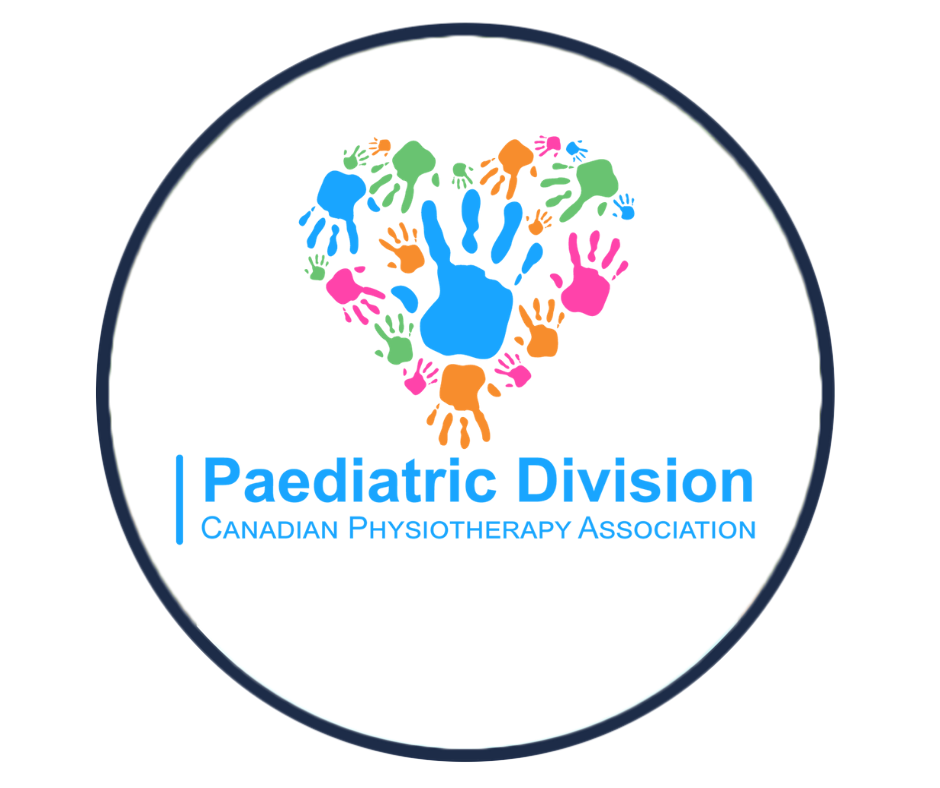Hip Surveillance in Children with Cerebral Palsy

Hip Surveillance in Children with Cerebral Palsy
This course includes
The instructors
Overview
This online course, tailored for clinicians specializing in paediatrics, offers a comprehensive exploration of hip surveillance in children with cerebral palsy. Brought to you by the Paediatric Division of the Canadian Physiotherapy Association, the course delves into current literature on hip surveillance strategies, interventions, and the impact of various factors on lower extremity biomechanics in this specific patient population.
Here is what you can expect from the course
Understanding Hip Displacement in Cerebral Palsy:
Define hip displacement and its prevalence in children with cerebral palsy. Explore the etiology and pathophysiology underlying hip displacement in this population.
Causes and Consequences:
Examine the multifaceted causes of hip displacement in children with cerebral palsy. Review the consequences of untreated or poorly managed hip displacement.
Surgical Interventions:
Explore surgical interventions available for cerebral palsy patients with hip displacement. Understand the considerations and outcomes associated with surgical management.
Hip Surveillance and Its Benefits:
Define hip surveillance and its significance in the context of cerebral palsy. Explore the benefits of implementing a proactive hip surveillance program for children with cerebral palsy.
Physiotherapist's Role:
Identify the specific role of physiotherapists in hip surveillance and treating hip displacement in children with cerebral palsy.
Learning Objectives
By the end of this course, participants will:
- Review the underlying causes and pathophysiology of hip displacement in children with cerebral palsy.
- Examine the consequences of hip displacement and strategies for effective management.
- Recognize the importance of hip surveillance in children with cerebral palsy.
- Gain practical insights into how physiotherapists can actively contribute to the management of hip displacement in children with cerebral palsy.
Audience
This online course is tailored to clinicians specializing in paediatrics, seeking specialized knowledge in hip surveillance for children with cerebral palsy.
The instructors


The Paediatric Division is a special interest group within the Canadian Physiotherapy Association. Our membership consists of clinicians from all practice settings, students, educators, researchers, physiotherapy assistants and administrators all of whom have a passion for promoting participation and enhancing the lives of children and their families. We are dedicated to provide resources and information for paediatric patients and their families to promote participation and function independence in all aspects of life.
Paediatric physiotherapists employ clinical expertise in the early detection of health problems, treatment, education and management of congenital, developmental, neuromuscular, skeletal, cardiorespiratory or acquired disorders/diseases. Paediatric physiotherapists work with children of all ages, from infants through young adulthood to promote participation and functional independence. Paediatric physiotherapists have a unique role in that they not only work with the child, but also their families in the context of their daily home, school and recreational environment.
Paediatric physiotherapists use validated outcome measures to assess the level of strength, flexibility, gross-, and fine-motor coordination and overall functional capabilities to determine participation limitations or restrictions as a result of injury, disease or disability.
Through analysis of objective assessment findings, the paediatric physiotherapist uses evidence-based treatment interventions specifically tailored to the client and their family's goals. Treatment interventions focus on improving gross and fine motor skills, balance and coordination, strength and endurance, as well as cognitive and sensory processing/integration.
Material included in this course
-
Hip Surveillance in Children with Cerebral Palsy
-
Welcome!
-
Hip Displacement
-
Consequences of Hip Displacement
-
Surgical Intervention
-
Hip Surveillance
-
What Should Clinicians Do?
-
Resources
-
Questions
-
Knowledge Check
-
What's Next?
-
References and Resources from the course
-
Feedback